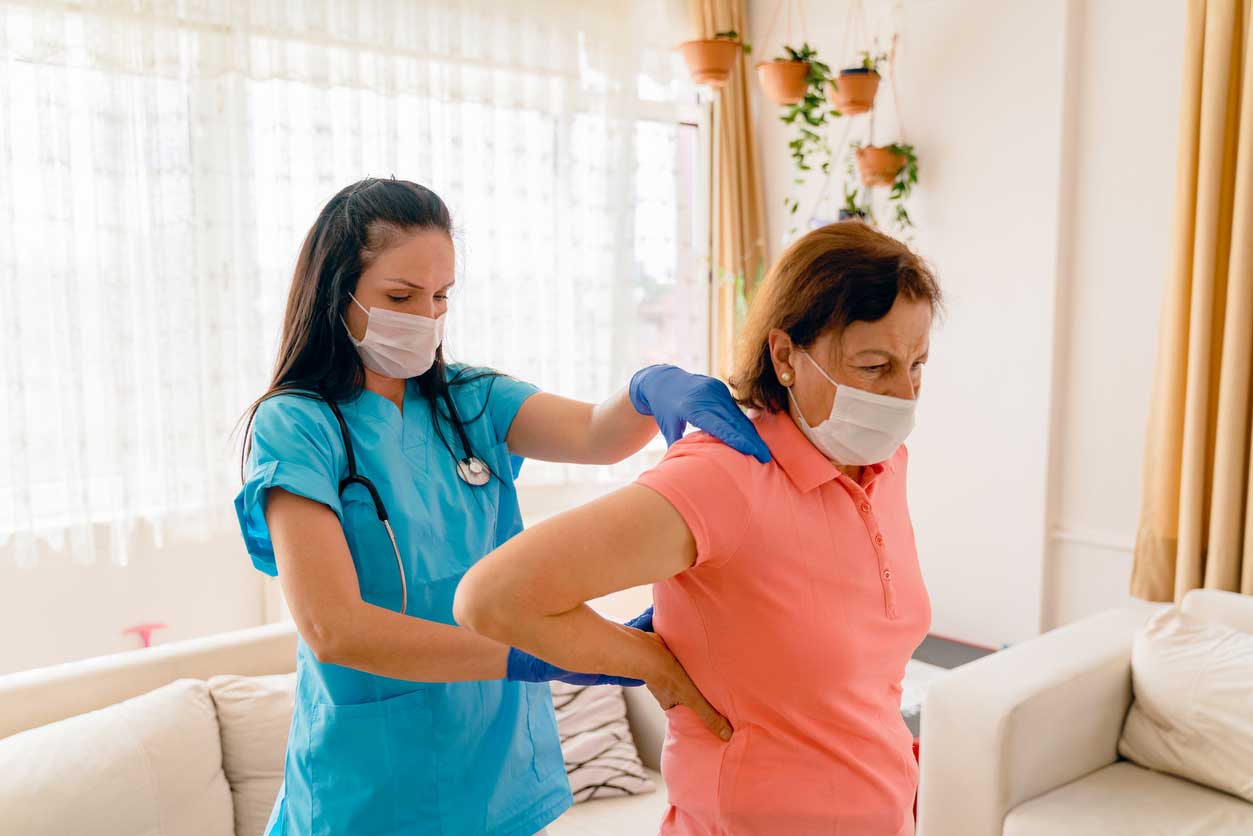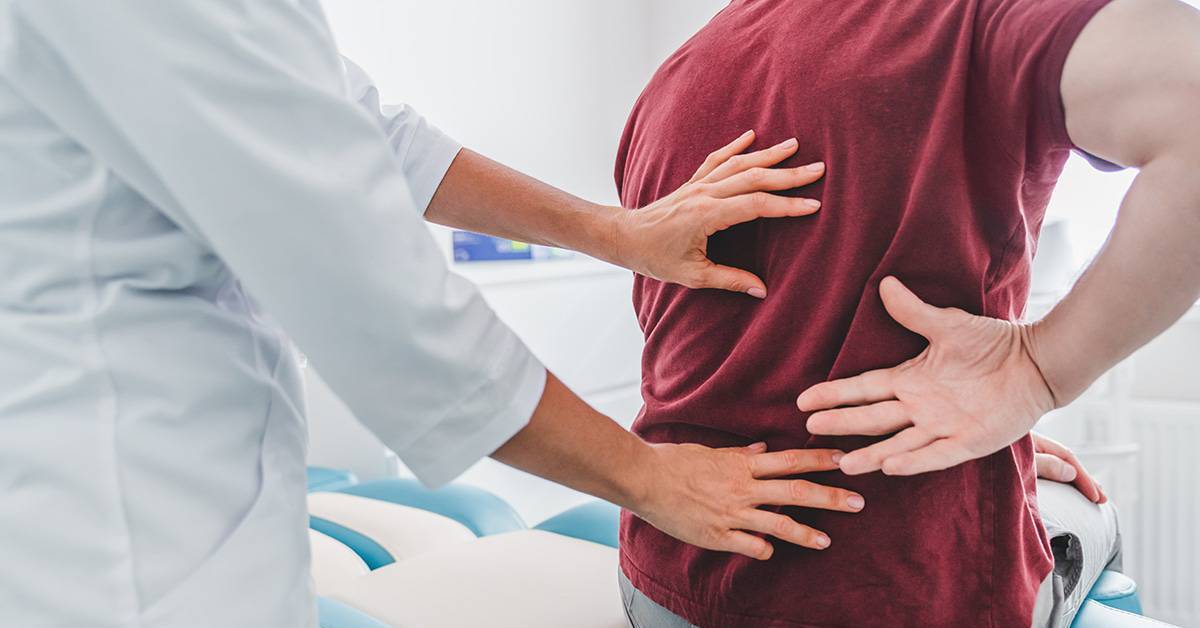23 March 2023 | Jennifer
What Is Dextroscoliosis Of The Thoracic Spine?
Dextroscoliosis is a type of scoliosis, a spinal condition that causes the spinal column to curve sideways. It is a condition in which the spine curves to the right. Levoscoliosis is the term for a spine curvature to the left.
Dextroscoliosis is a common type of scoliosis. A spine curve of some kind affects about three out of every 100 people.

Instead of a straight line, the right side curve of the spine appears as a "C" or an "S". It usually affects the upper and middle portion of the spine known as the thoracic spine.
Scoliosis usually affects children aged 10 to 15 years. When it's caused by another disease, like a muscle problem, it may occur at other ages.
Symptoms of dextroscoliosis
-
Uneven shoulders
-
Shoulder blade prominence
-
Rib prominence
-
Uneven waistline
-
Uneven hips
-
Noticeable curve to the spine
-
Head tilt (more to one side)
Body tilt, a sideways tilt of the upper body
Scoliosis sufferers with severe curvature may experience pressure on different body parts and organs as a result of their curved spine, which can result in severe symptoms such as :
-
Difficulty breathing
-
Chest pain
-
Back pain
-
Leg pain
-
Changes and difficulties with urination
Many factors can contribute to scoliosis. The most typical type of scoliosis is idiopathic. 80 percent of persons with scoliosis have idiopathic scoliosis.
Who is at risk of developing scoliosis?
Preteen and teenage girls are at higher risk of developing idiopathic scoliosis than boys of the same age. Since the cause of idiopathic scoliosis is unknown, there are currently no preventive measures that can be implemented. This type of scoliosis appears to be genetically predisposed in some persons.

How to treat dextroscoliosis?
Surgical and non-surgical both treatment options are available. Treatment will depend upon the severity of scoliosis, the location of the curve, the risk of progression, and your age.
Nonsurgical
Every six to twelve months, your doctor may require X-rays and potentially other imaging tests to keep track of your condition if the curve is less than 25 degrees and not rapidly getting worse.
The doctor may recommend bracing or casting to help support your spine if your spinal curves are between 25 to 45 degrees. Although it won't make a curve better, doing this can help keep it from getting worse.
Surgical
Surgery is recommended if the curve is severe, causing severe and obvious deformities, getting worse with time, and resulting in additional complications.
Spinal fusion :- In this treatment, the surgeon uses a bone graft to realign the spinal bones that make up the curve and fuse them into a single bone. The bone graft is inserted in between the curve's vertebrae.
Metal rod(s) or growing rod :- This involves using wires, hooks, or screws to secure one or two metal rods to the spine above and below the curve. The surgeon can later extend the rod using the growing rod method through a minor surgical procedure.
Hemivertebra removal :- In order to minimize the severity of the curve, this involves removing a little piece of one vertebra.
At Dallas Back Clinics, you will get the best treatment and care for your dextroscoliosis. Exercise or wearing a brace may help patients with mild to severe scoliosis symptoms, which only require medical monitoring. Severe cases of scoliosis may require surgery.

 Telehealth Visits Available
Telehealth Visits Available
